Overwinter Mums: Keep Chrysanthemums Coming Back Year After Year
Overwintering mums is possible with the right care. Learn how to winterize mums so you can have color in your fall garden every year.
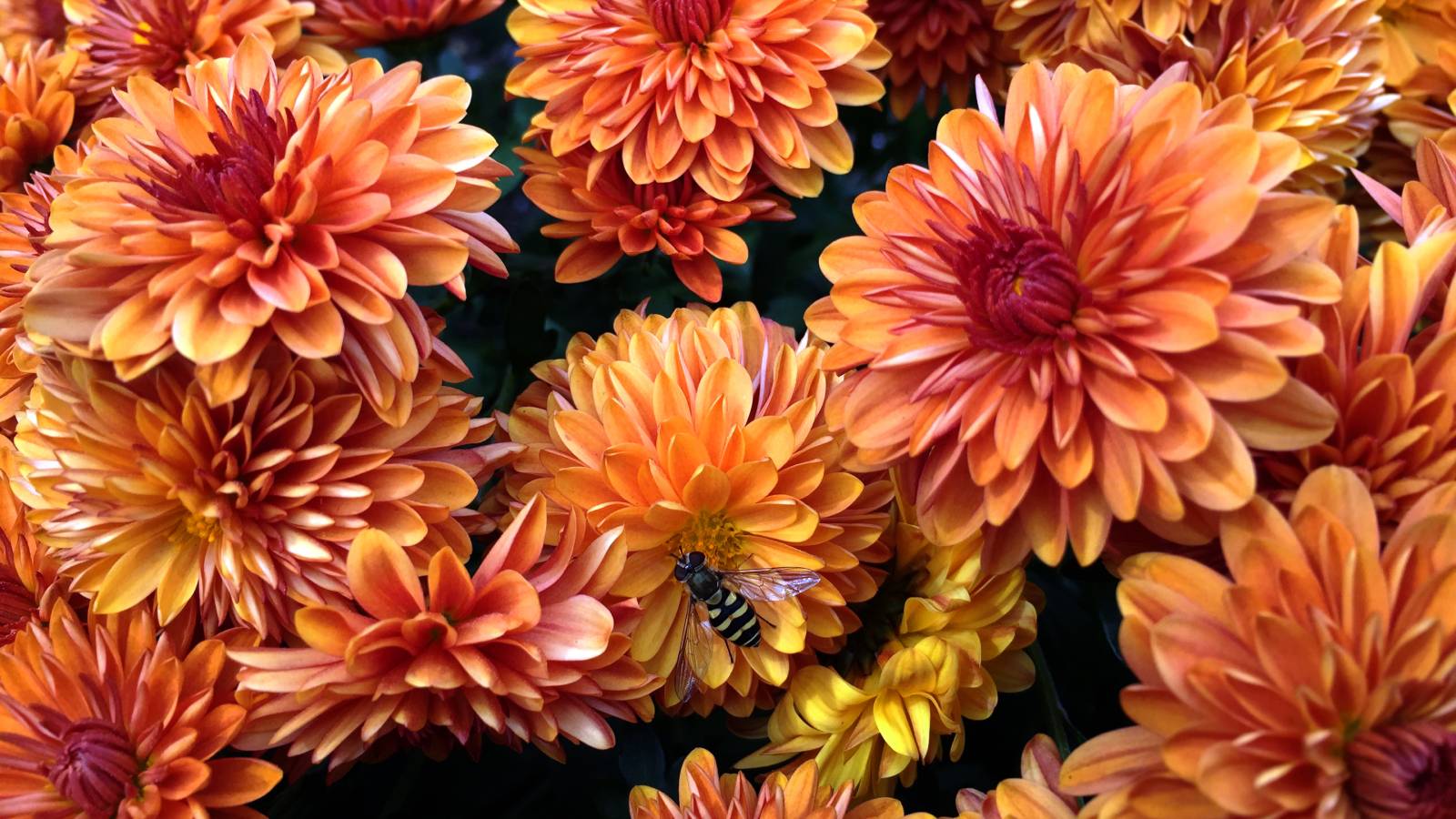

Amy Draiss
Blooming well until the arrival of frost, chrysanthemums are quintessential to the fall garden. Vibrant flowers, which blend to create an impressive autumn palette, attract late-season pollinators and serve as shelter to local wildlife.
Growing mums adds interest to your garden in the fall, and although many growers may choose to plant annually, it is possible to overwinter the attractive perennial. In doing so, gardeners are better able to create dependable beds, bursting with seasonal color. Below, we will discuss how to overwinter mums in great detail, including their needs for care throughout winter.
How Hard is it to Overwinter Chrysanthemums?
Learning how to keep mums overwinter is one of the most important aspects of growing the plant. The difficulty at which this is done will depend greatly upon one’s own growing zone. Most mums will be hardy to USDA zones 5-9, with cold tolerance varying among cultivars. While keeping plants within these regions will be relatively simple, those overwintering mums elsewhere may find the process especially frustrating.

When to Start Overwintering Your Mums
When it comes to mums, overwintering begins in spring. As plants situated directly into garden soil will have the best chance of survival, experienced growers advise against the use of pots and containers. Planting at this time, rather than autumn, will allow ample time for root development throughout the growing season. Those purchased much later can also be planted directly into prepared beds, but are much more likely to require protection over winter. Experts note the arrival of light frost and fade of blooms as the ideal time to begin preparing plants for dormancy.
How to Overwinter a Chrysanthemum
Winter mum care starts with the arrival of frost. Plants exposed to consistent cold will have started to brown, slowly dropping their leaves. At this time, the tops of each plant can be trimmed. This will help to remove plant debris, and make room for a light layer of mulch. Among the best mulching materials for chrysanthemums are natural mulch like straw, pine needles, and even leaves.
Though those living in warmer regions may find success overwintering mums in containers, it is not recommended without special care. Dormant plants can be moved to a cool, well-lit location throughout the duration of winter. Provided consistent moisture, container mums kept in this manner should resume growth in spring.
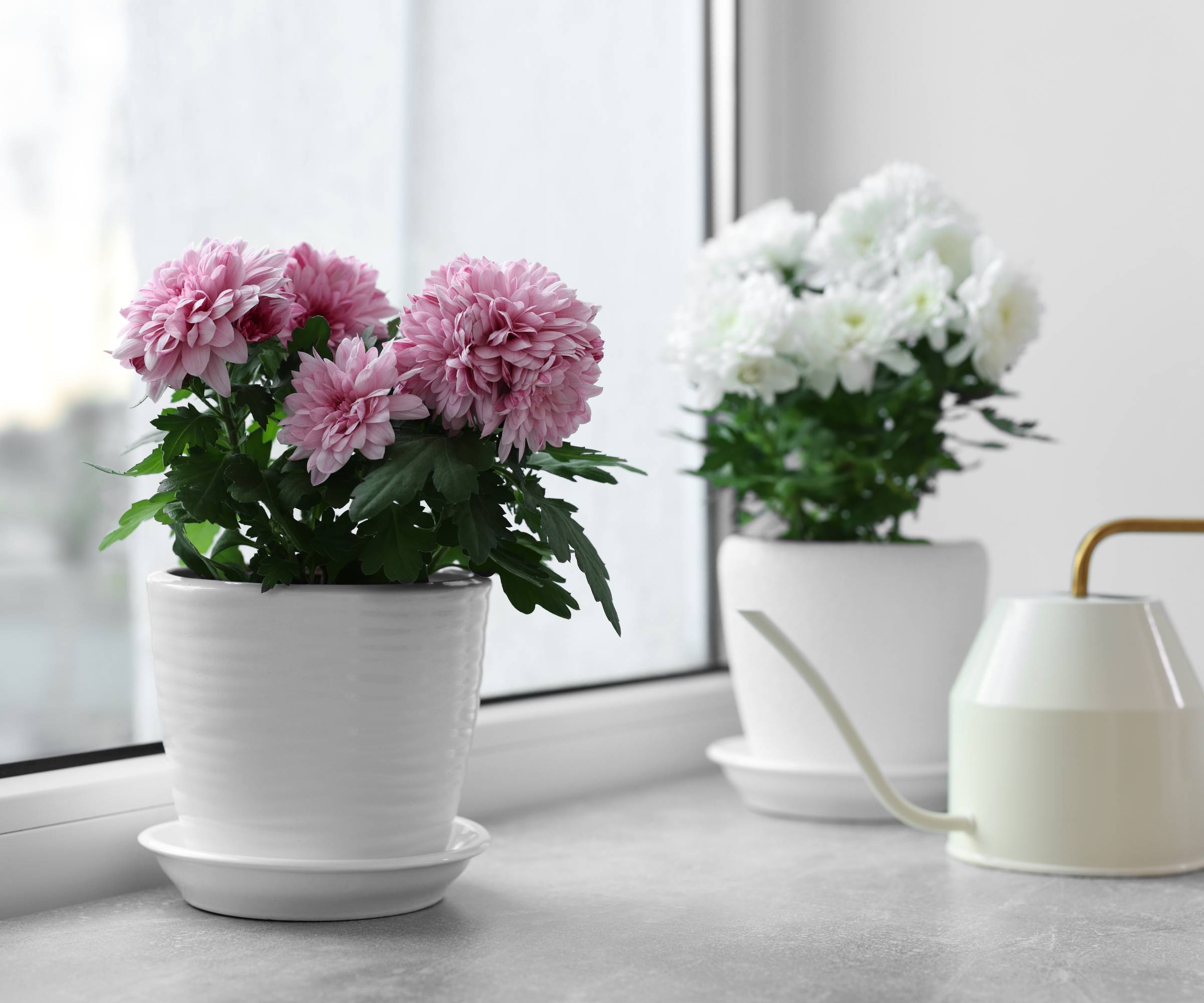
How to Revive Mums After Winter
Growth of garden mums will resume in early spring, as the weather continues to warm. At the first sign of growth, gardeners should carefully remove excess mulch from plants. Those kept indoors will require more effort, with gardeners making certain to move containers outside only when the time is right. Potted plants showing new growth should be introduced into the garden slowly, allowing the mum time to acclimate outdoors. Tender stems and foliage should also be protected from late-season frosts and freezing temperatures.
Gardening tips, videos, info and more delivered right to your inbox!
Sign up for the Gardening Know How newsletter today and receive a free copy of our e-book "How to Grow Delicious Tomatoes".
Frequently Asked Questions
Are Mums Supposed to be Cut Back for Winter?
Mums should be cut back only after plants have gone into dormancy. This means that the plant’s flowers have browned and that its leaves have started to drop from the plant. Each can then be trimmed back, approximately 1-2 in. (2.5-5 cm.) from the ground. All plant matter should then be removed from the garden as a means to prevent the occurrence and spread of disease.
How do I Know if My Mum is Perennial or Annual?
Determining whether or not a chrysanthemum is an annual or perennial will depend greatly upon the cultivar and grower’s zone. Though most mums sold in spring and fall are considered a hardy perennial, those living outside their hardiness range may have great difficulty overwintering the plant. Thus, the grower’s need to treat the plant as annual.

Tonya Barnett has been gardening for 13 years. Flowers are her passion. She has transformed her backyard into a cut flower garden, which she regularly chronicles on her YouTube channel http://www.youtube.com/@tonyawiththeflowers.
- Amy DraissDigital Community Manager
-
 Looking For Plants To Give You The Soft And Fuzzies? Try These 5 Fuzzy Leaf Plant Options
Looking For Plants To Give You The Soft And Fuzzies? Try These 5 Fuzzy Leaf Plant OptionsLovers of texture, drama, silver foliage and tactile plants will adore these special sensory garden additions. These fuzzy leaf plant options will leave you all aglow
By Susan Albert
-
 Get Ready For A Summer Of Hummers! Grow These Full Sun Hummingbird Plants and Flowers
Get Ready For A Summer Of Hummers! Grow These Full Sun Hummingbird Plants and FlowersIf you’re lucky enough to enjoy a sunny backyard, make sure you are maxing out on your pollinator opportunities and grow these full sun hummingbird plants and flowers
By Tonya Barnett
-
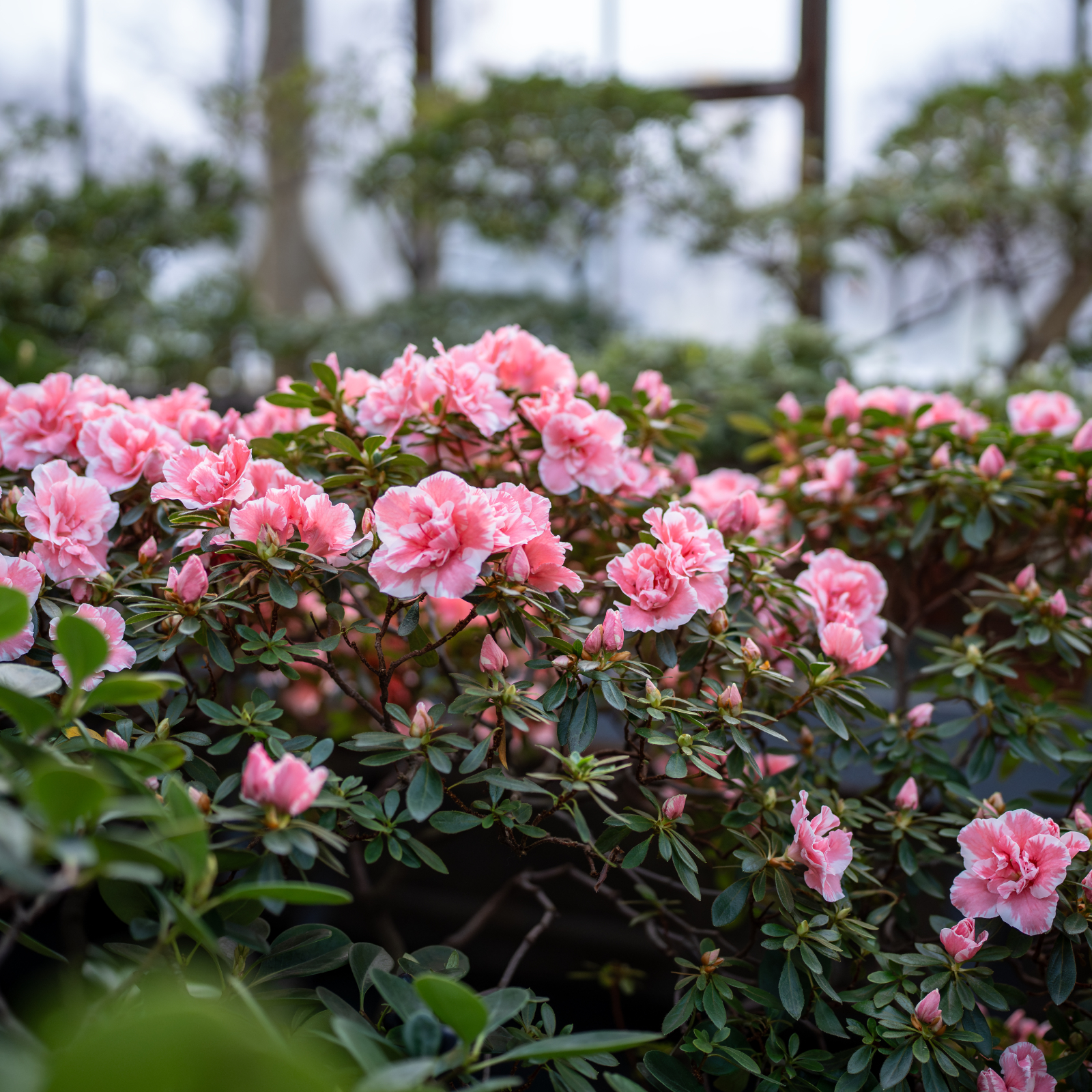 What Is The Size Of An Azalea? Explore Different Varieties That Will Suit Every Garden
What Is The Size Of An Azalea? Explore Different Varieties That Will Suit Every GardenThe size of azaleas can vary widely because they have been selectively bred for different landscape needs. Check out our picks for each size category.
By Mary Ellen Ellis
-
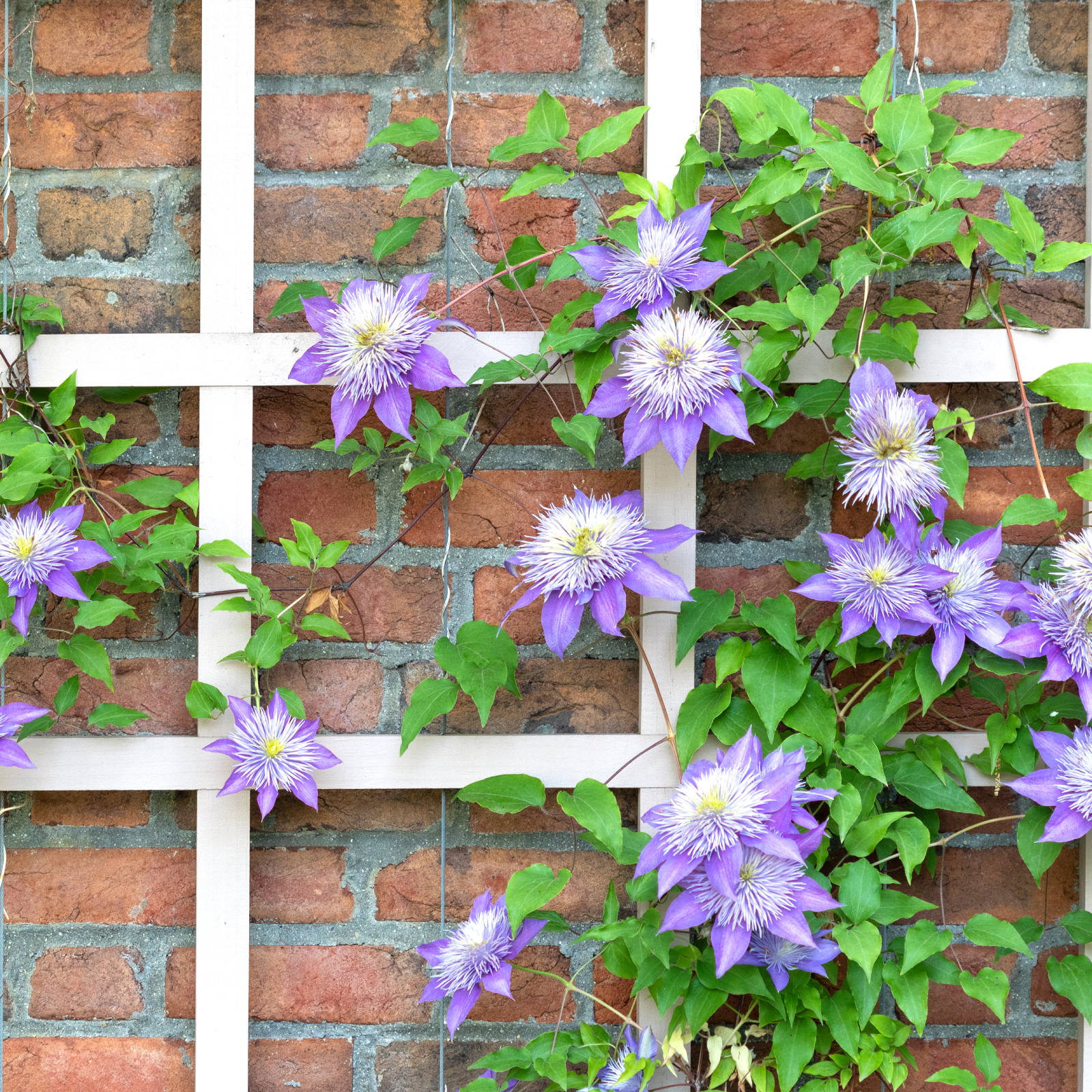 5 Fabulous Fast-Growing Vines – That Will Quickly Climb Any Arbor, Trellis, Or Fence
5 Fabulous Fast-Growing Vines – That Will Quickly Climb Any Arbor, Trellis, Or FenceThese fast growing vines are perfect for covering any eyesores in your yard or creating a living fence. They will provide great visual interest, as well.
By Amy Grant
-
 When To Plant Roses: The Best Time For Your Climate And Rose Type
When To Plant Roses: The Best Time For Your Climate And Rose TypePlant your roses at the right time and you will be rewarded with decades of glorious summer flowers – but get it wrong and you'll be crying over dead shrubs.
By Teo Spengler
-
 Spectacular Early Blooming Shrubs: 6 Sparkling Spring Flowering Bushes
Spectacular Early Blooming Shrubs: 6 Sparkling Spring Flowering BushesWant to kickstart your gardening year with dazzling spring flowering bushes for beds and borders? These unique early bloomers are sure to help you rise and shine!
By Teo Spengler
-
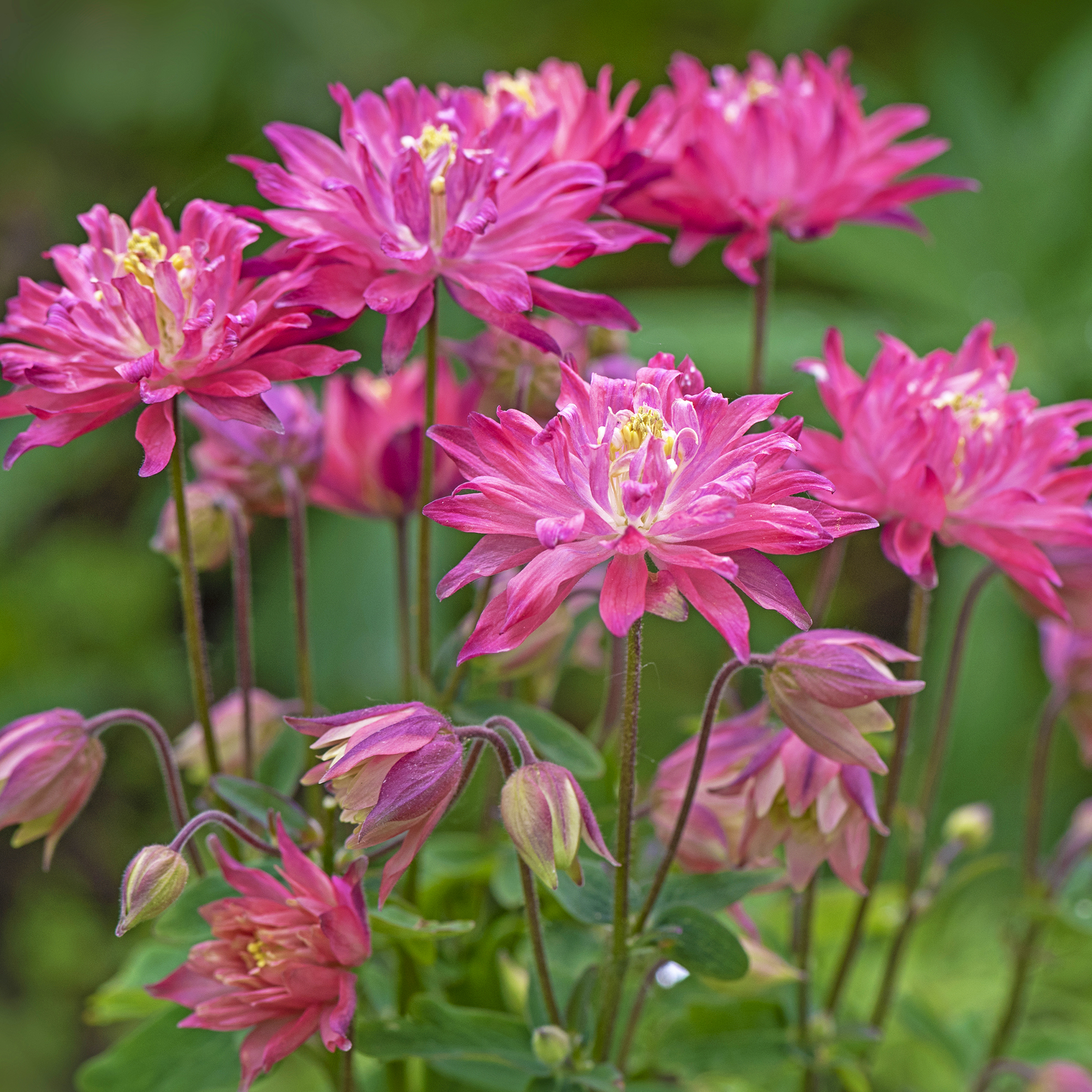 7 Shade-Loving Flowers To Start From Seed Now For A Stunning Summer Garden
7 Shade-Loving Flowers To Start From Seed Now For A Stunning Summer GardenTurn shady spots into vibrant new garden spaces with lovely and illuminating shade-loving flowers.
By Ellen Wells
-
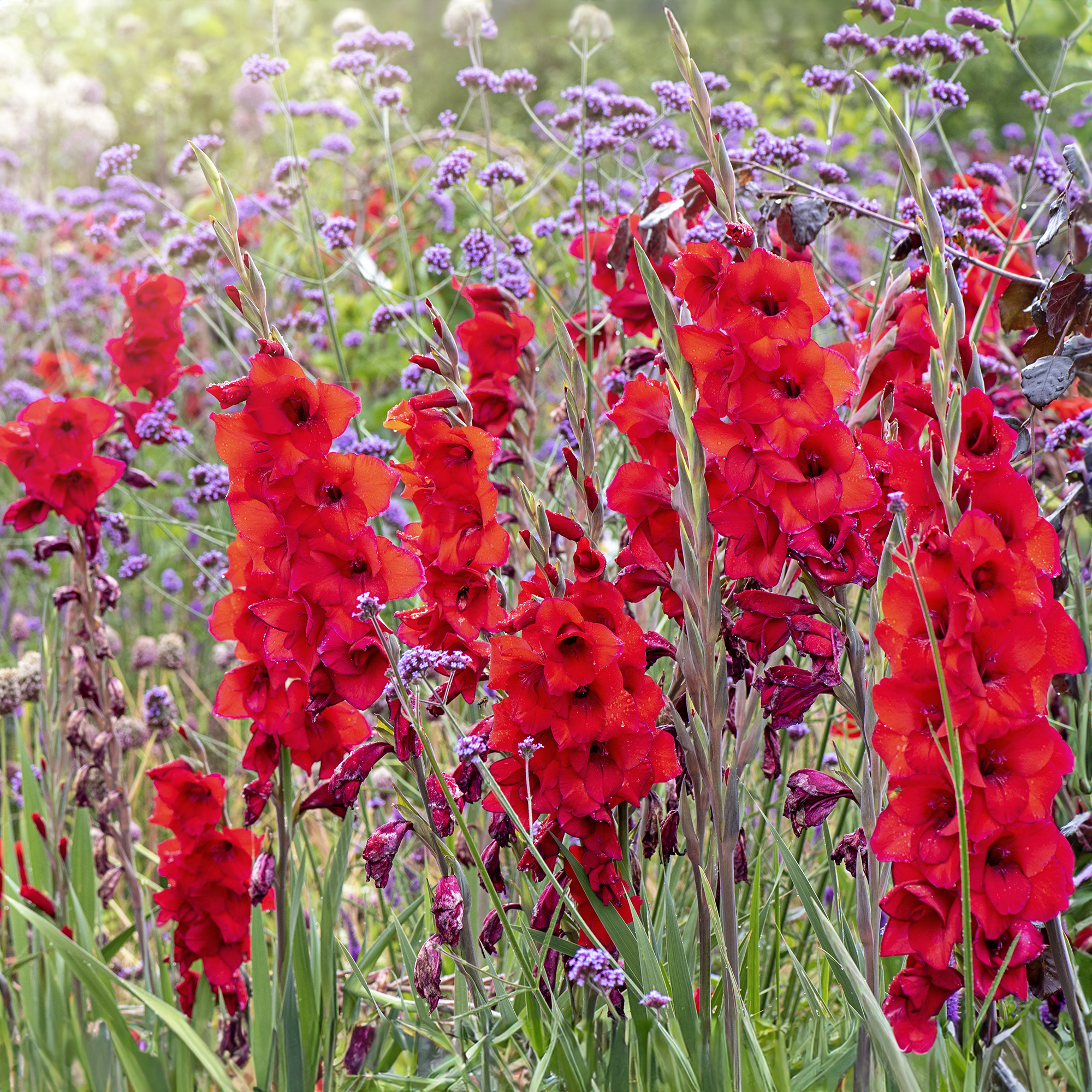 7 Summer-Blooming Bulbs To Plant In Early Spring: Don't Miss Months Of Glorious Flowers!
7 Summer-Blooming Bulbs To Plant In Early Spring: Don't Miss Months Of Glorious Flowers!Get a head start on stunning summer blooms with these easy-to-plant bulbs – act early and you will enjoy vibrant flowers that last for months on end.
By Mary Ellen Ellis
-
 Quick Fire Hydrangea – The Elegant, Easy-Care Shrub Every Gardener Needs In Their Landscape
Quick Fire Hydrangea – The Elegant, Easy-Care Shrub Every Gardener Needs In Their LandscapeIf you’re after an early flowering panicle hydrangea that offers plenty of floral variety, the Quick Fire hydrangea goes big on visual dynamics from early summer to fall
By Tonya Barnett
-
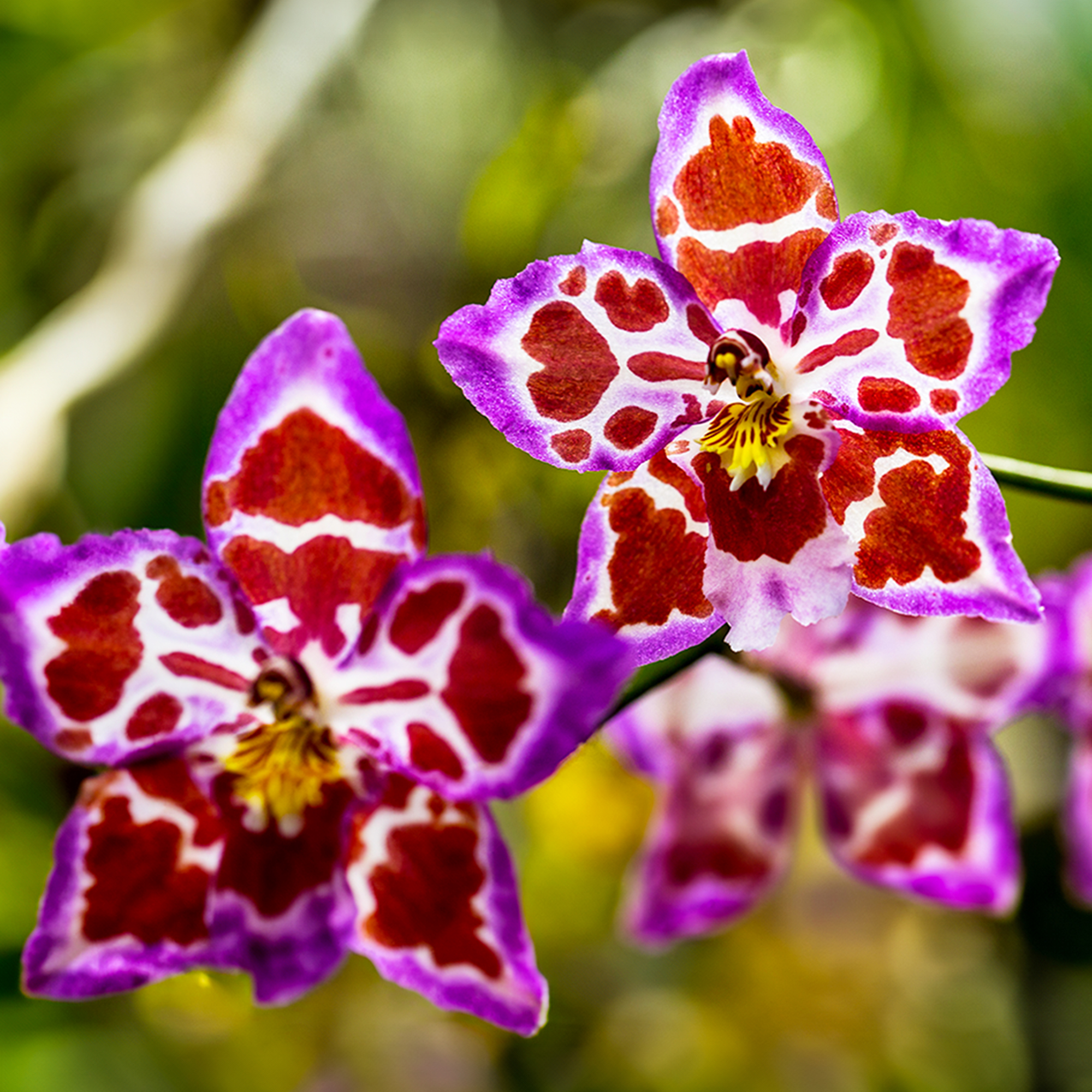 8 Rare Orchids That Make Stunning Houseplants – Some Are Surprisingly Easy To Grow
8 Rare Orchids That Make Stunning Houseplants – Some Are Surprisingly Easy To GrowDiscover unique orchids that will add exotic beauty to your home. Some make easygoing houseplants, while others offer a challenge for more seasoned growers.
By Melanie Griffiths